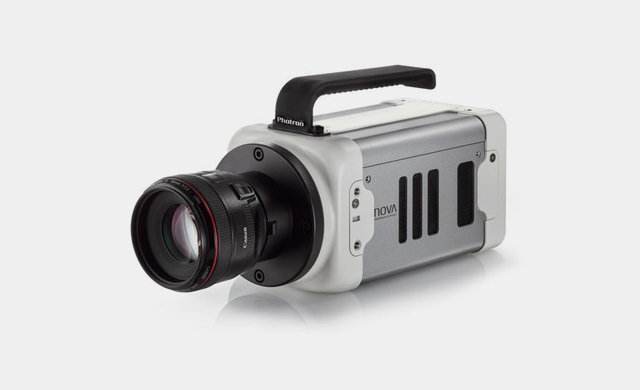
Such imaging and analysis protocols require development. Since the use of a high speed camera and image analysis for measuring biofilm removal is a novel technique, to date there are a limited number of studies on the use of high speed imaging to quantitatively evaluate biofilm removal. This information is critical to understanding how biofilm removal can be optimised. It can show how different biofilms behave in response to different removal techniques and is a valuable tool for understanding biofilm adhesion to surfaces and evaluating physical disruption methods. In addition it is possible to visualise the same area before and after cleaning. This makes it possible to understand what causes bulk biofilm disruption and provides more information about the removal timescales. Inset: High speed camera image of cavitation bubbles occurring around the tip of the commercially available ultrasonic scaler tested in this study.Ī high speed camera is able to image biofilm removal in real time over short time scales. Schematic of how an ultrasonic scaler tip could be used to clean bacterial biofilm from dental implants in a non-touch mode using the cavitation generated around the tip. In addition, the difficulty in cleaning the irregular profile of rough surfaces allows for biofilms to rapidly reform. Bacteria are also more protected from shear forces on a rough surface. Previous research has shown that enhanced surface roughness increases bacterial attachment because of the larger contact area for bacterial attachment. To make this a clinically viable option, the effects of roughness Ra of biomaterial surfaces and the standoff distance d of a scaler tip from a biofilm require further understanding so the cavitation can be optimised accordingly. Ultrasonic cavitation around scalers has the potential to clean implants if the tip is used in a non-touch mode ( Fig 1). Cavitation is used in other industries for ultrasonic cleaning, and could potentially be enhanced around ultrasonic scalers for use in cleaning biofilms from dental implants more effectively without damaging the surface. Biofilm disruption with cavitation can occur through various phenomena such as microstreaming and micro-jet impingement, leading to the production of shear forces which can weaken the attachment of biofilms to surfaces and eventually cause them to fragment and detach from the surface. Cavitation bubbles are microbubbles that grow and collapse in a fluid when ultrasound is applied. Ultrasonic cavitation bubbles occur in the cooling water flowing over the tip of ultrasonic scalers.

Ultrasonic scalers have a metal tip which vibrates at 25-50kHz. Current clinical methods of removing dental plaque from implants include air polishing, the use of rotating titanium brushes or ultrasonic scalers with specialised tips to prevent scratching the implant surface. There is no overall effective method to remove plaque biofilm from dental implants.
Fastcam sa x2 price free#
Biofilms are more resistant to traditional antimicrobials than free floating bacteria, therefore physical methods of biofilm disruption are of interest to study. If the plaque is not removed it could eventually lead to implant failure Dental plaque is a biofilm, a community of micro-organisms adhered to a surface. Peri-implantitis is an inflammatory reaction with bone loss around the implant. Dental implants require maintenance over time to manage the formation of dental plaque. More than 2 million dental implants are placed worldwide every year, with estimates suggesting an increase in the prevalence of dental implants in the USA of up to 23% in the next 10 years. The technique developed for high speed imaging and image analysis of biofilm removal can be used to investigate physical biofilm disruption from biomaterial surfaces in other fields. The results show significant biofilm removal due to an ultrasonic scaler tip operating for only 2s versus 15-60s in previous studies. The standoff distance also has different effects depending on the surface roughness but overall a distance of 1 mm is just as effective as a distance of 0.5 mm. We found that surface roughness up to 2 μm does not adversely affect biofilm removal but a surface roughness of 3 μm caused less biofilm removal. Experimental studies were carried out for the biofilm removal using high speed imaging and image analysis to calculate the area of biofilm removed at varying ultrasonic scaler standoff distances from the biofilm.


We grew Strepotococcus sanguinis biofilms on coverslips and titanium discs with varying surface roughness (between 0.02–3.15 μm). It is not known how parameters such as surface roughness and instrument distance from biofilm affect the removal. Cavitation bubbles generated around a dental ultrasonic scaler are being investigated as a method to remove biofilms effectively.

Effective biofilm removal from surfaces in the mouth is a clinical challenge.


 0 kommentar(er)
0 kommentar(er)
